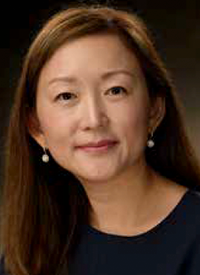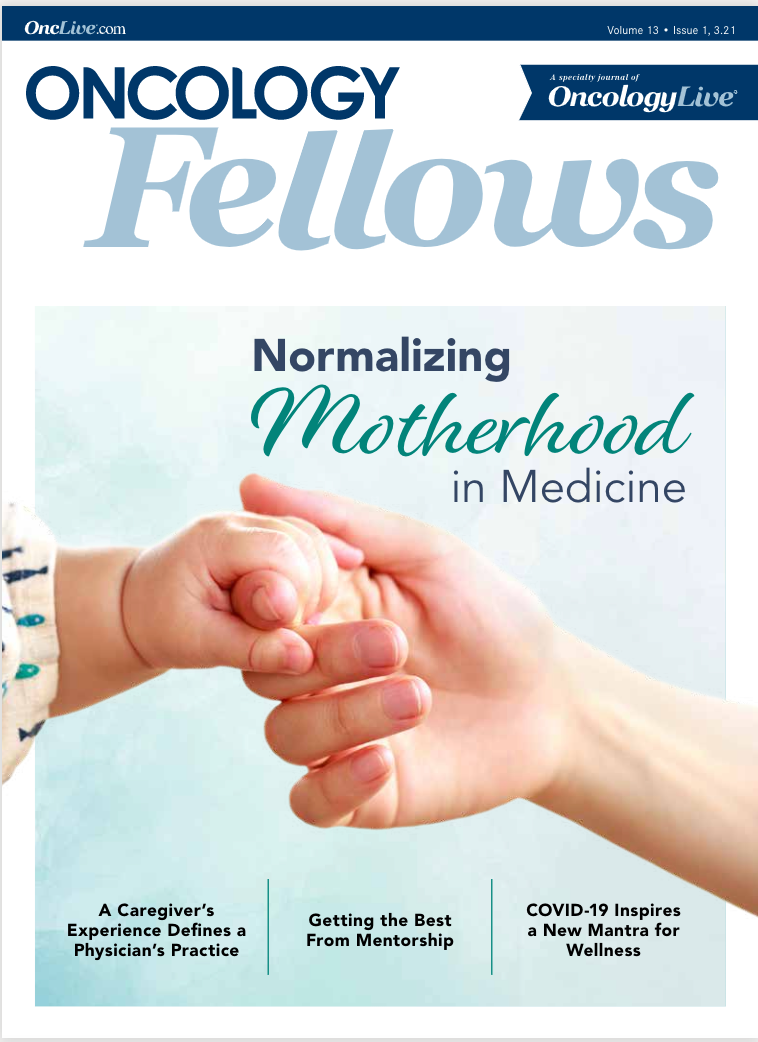Publication
Article
Oncology Fellows
To Advance as a Fellow, Be Open to the Unexpected
Author(s):
YoungNa Lee-Kim, MD, shares advice on how to advance as an oncology fellow.
YoungNa Lee-Kim, MD

YoungNa Lee-Kim, MD, director of the Fellowship Program in Pediatric Hematology-Oncology at Texas Children's Cancer and Hematology Centers, was always interested in medicine, but there was no guarantee she would become a physician. She earned a bachelor of arts in economics and thought about pursuing a graduate degree. Ultimately, the appeal of being a healer was too strong to ignore.
“I eventually came back to medicine because I think the interactions that you have with families and with patients—being able to support a patient during what is usually a very hard time in their lives and to be able to help them heal—I think that is a real privilege,” she said.
Today, Lee-Kim is director of the fellowship program in pediatric hematology-oncology at the Texas Children’s Cancer and Hematology Centers and an associate professor of pediatrics at Baylor College of Medicine in Houston. Even that comes as a bit of a surprise; she thought she would become an investigator rather than a clinician and administrator. Pediatric hematology-oncology lends itself to a career in investigation because it is a very research-driven field, she said.
Instead, shortly after completing her own fellowship in pediatric hematology and oncology at Baylor, she became the associate program director in 2008. She’s been program director since 2018.
“Because I was not that far out of fellowship, I thought, ‘Well, I could contribute to this because I was a recent fellow.’ Medical education in and of itself is a very robust and rewarding career track,” she said. “I went on to get my master of education degree and get more involved in medical education. And honestly, that has been one of the best things in my career to be involved in—training fellows and working with fellows, residents, and medical students.”
In an interview with Oncology Fellows, Lee-Kim discussed the differences between working with pediatric patients rather than adults, managing money during fellowship, and how the faculty at Texas Children’s strives to show its appreciation for fellows.
OncLive®: How is a fellowship when training to treat pediatric patients different from a fellowship where you are training to treat adult patients?
Lee-Kim: The communication skills that you need in pediatrics may be different from what you need for adult medicine. We actually see patients through age 21, so there’s a little bit of overlap, but when you’re dealing with a younger child, there are different kinds of skills that you need to be able to talk with them and understand what it is that they’re hearing.
Then, of course, the way you interact with parents. They’re making decisions for a different person. As a parent myself, I find that it’s much harder to make decisions for my children than I would for myself. There’s a different level of concern, or guilt, even, that you’re making the wrong decision on behalf of somebody else.
Most of our fellows are already aware of these differences because they’ve already completed a pediatric residency. But I think that the way the training might be different is just a little bit more of a focus on the entire family unit and the social issues that come with that. The other thing, though, is the way people handle death or bad outcomes. It is very hard to see a child not do well or a child who passes, so we do have resources for our fellows. We have debriefings and opportunities for them to share the difficulties in seeing those kinds of situations.
What do you tell your fellows about managing their money?
That has been an area of interest among our fellows, and we have a faculty member who has a personal interest in just financial health and has given our fellows a workshop on this.
At the institutional level, we have workshops for the fellows as well. The trajectory of your income in medicine is pretty atypical compared with other job markets and industries.
To be honest, if you’re going down the route of pediatrics, most of us are not in this for the money to begin with. I don’t think people go into pediatrics because they’re going to strike it rich.
How do you encourage your fellows to take their own health and wellness seriously?
We have dedicated scheduled efforts to do this. And then, as a fellowship director, I also check in on them, especially with the pandemic that has brought its own issues of wellness. We’ve also evolved in this at the start of the pandemic; our wellness issues were very different from what we’re seeing right now.
We have wellness programs offered at the institutional level and at the level of what we call fellows college, which is for all the fellows at our institution. Finally, our fellowship has its own wellness activities, some that are directed by us as faculty and others that are directed by the fellows themselves, and we encourage them, because I think that wellness means different things for different people.
I’m always very cognizant of the impact of the work that fellows do on their wellness and health when we decide on their rotations or their schedules for the year, or even what they do during each rotation. One of the things that I focus on a lot is how this is going to impact them, not only from an educational level, but just from a health and wellness level. Is this too much for 1 person to handle? Is this going to burn them out? These are all things that we as program directors, and as leadership in our section, think about, as we’re creating the program for the fellows.
This year, we decided to implement a Fellows Appreciation Week. All our faculty sign up to do special things for our fellows every day of the week. The sign-up sheet filled up to the point where some faculty felt sad that they didn’t get a chance to sign up to do something.
Every day this week, we’ve had people doing special things for our fellows. The giver gets a lot out of it and, of course, the recipient also feels appreciated. That’s just an example of the sort of activities and culture we have in our training program.
Is there any 1 thing that a fellow must take from a fellowship?
If you ask any certifying body, they’ll give you a 50-page document of what fellows need to know at the end. I think you what you need to take out of a fellowship is, obviously, you need to be able to recognize the disease. You need to know how to do basic management of that disease, and when to ask for help.
We have so many advances in medicine and that makes our patient population much more complex. But then because things are so complex, you also need to know when you’re beyond the scope of your expertise and you need to know when to reach out and ask for help.
All the other things—whether it’s academics, academic medicine, or if you’re going into a leadership role in clinical care or research—look for opportunities to do things that you may not have considered before, but you may not know that you love it. If an opportunity arises for you to teach, or for you to be involved in a collaborative research project, until you’ve tried it, you don’t know whether you love it or not.
Be open-minded. Figure out what it is that you love, and maybe figure out the things that you don’t like as much. But keep an open mind because you don’t know where your career is going to evolve.










